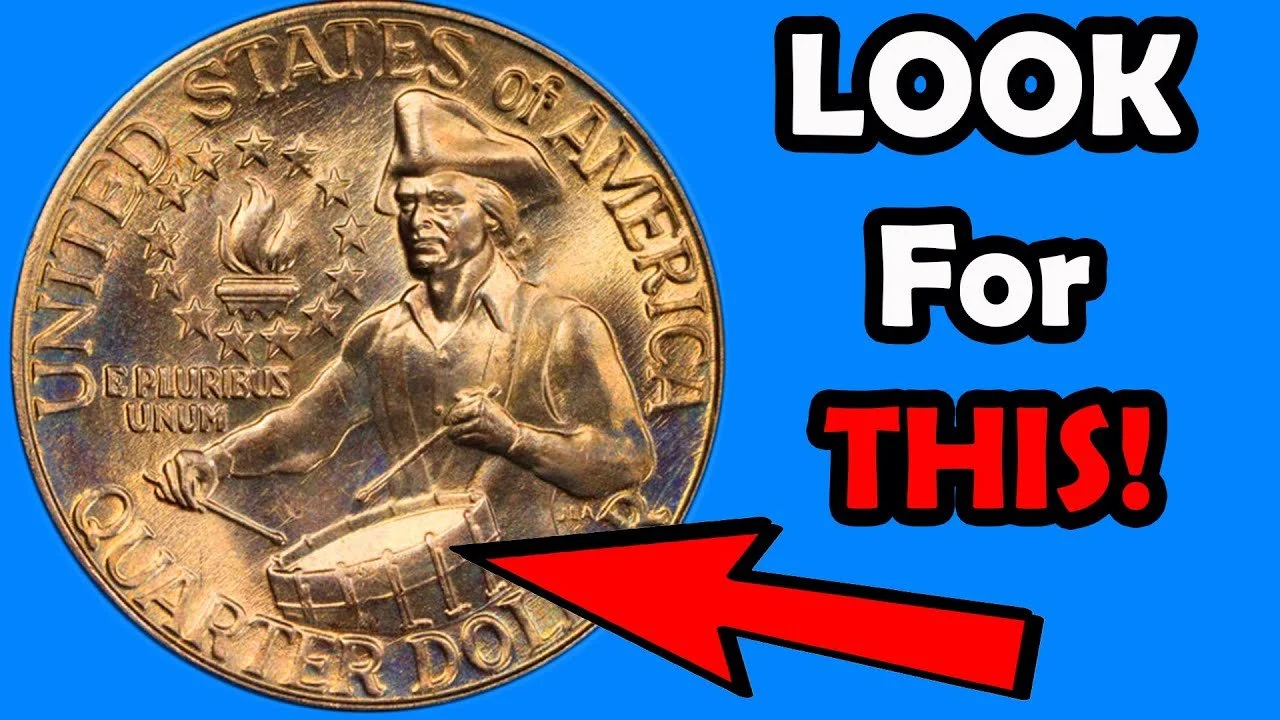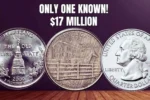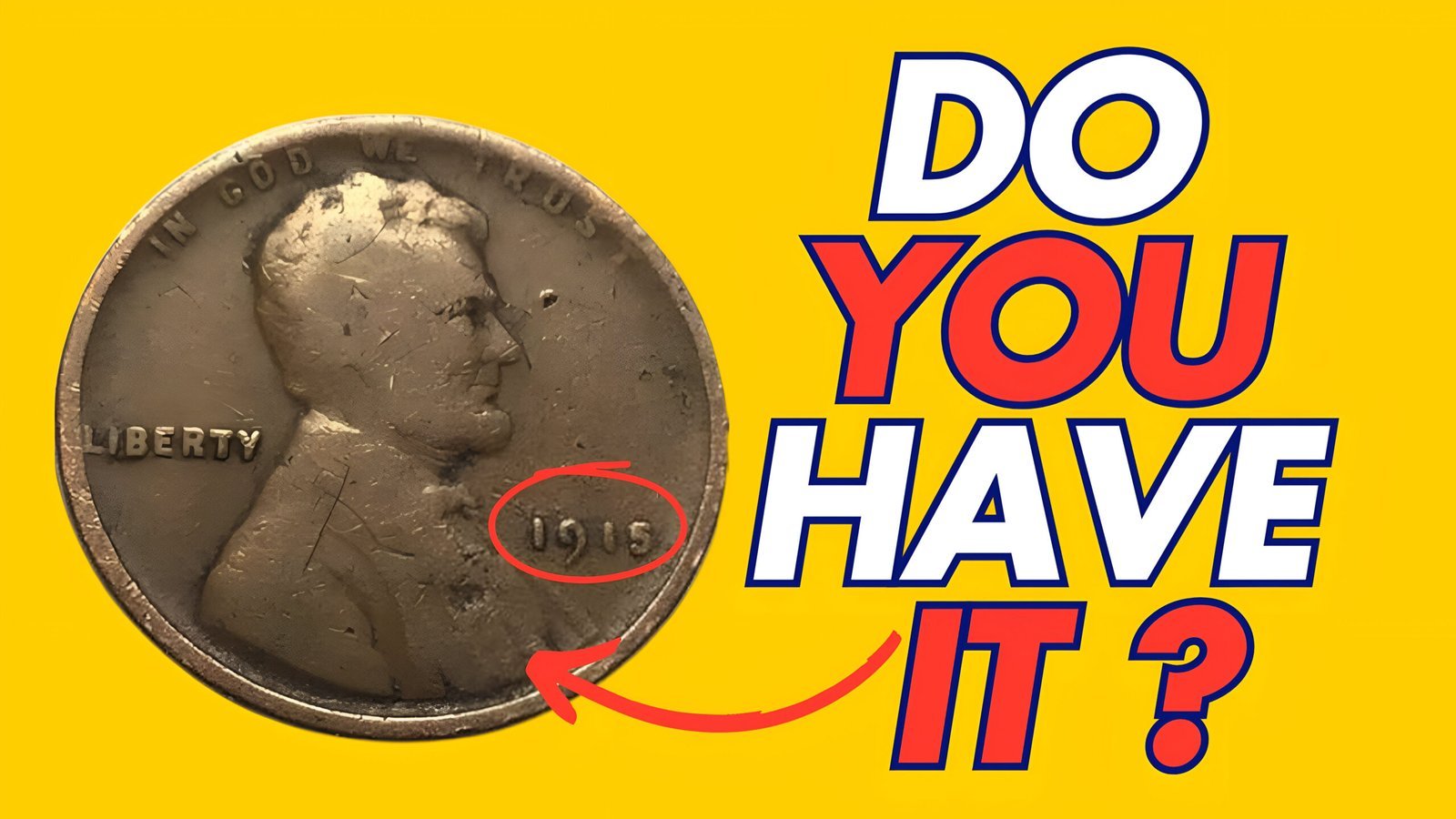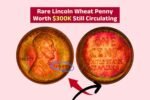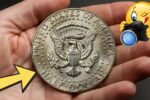The Lincoln Wheat Penny Valued at $144K, Still in Circulation: In the captivating world of coin collecting, few pieces stir as much passion and excitement as the Lincoln Wheat Penny—especially when it’s one of the rarest examples known to exist. These are not just coins; they are historical treasures, remnants of a bygone era, and in some extraordinary cases, million-dollar finds. Among collectors, dealers, and historians, the sudden appearance of a rare Lincoln Wheat Penny sparks a wave of fascination that’s hard to match.
These pennies transcend their modest face value. They hold within them stories of America’s industrial might, human error, and the sheer randomness of minting anomalies. Some specimens have become legendary, with their reappearances so rare they seem like folklore. One coin, in particular—the near-mythical 1943 bronze cent—epitomizes this phenomenon. Its existence is so improbable that many collectors consider simply seeing one a once-in-a-lifetime experience.
Why This Lincoln Wheat Penny Is Unlike Any Other
What makes this particular Lincoln Wheat Penny so exceptional? On the surface, it may resemble other cents minted in the early 20th century. But beneath that unassuming appearance lies a coin with a mysterious origin and a value that has reached into the millions.
While most Lincoln Wheat Pennies were widely minted and circulated between 1909 and 1958, this specific version was the product of a remarkable minting mistake. Its appeal lies not only in its rarity but in the fact that it shouldn’t even exist. It’s a striking example of how an accident at the U.S. Mint turned into one of the most valuable coins ever discovered.
A Brief History of the Lincoln Wheat Penny
To truly appreciate the magnitude of this rare find, one must understand the broader context of the Lincoln Wheat Penny. First issued in 1909, the coin commemorated the 100th birthday of Abraham Lincoln. It was groundbreaking in design—it was the first American coin to feature a real person rather than a symbolic figure like Lady Liberty.
Crafted by sculptor Victor David Brenner, the obverse features Lincoln’s right-facing portrait, while the reverse displays two wheat ears framing the denomination and the words “ONE CENT”—a nod to America’s agricultural identity. The Lincoln Wheat Penny became a mainstay in American coinage, lasting until 1958 before the reverse was changed to depict the Lincoln Memorial.
While millions of these coins were produced over five decades, a small fraction emerged with unique errors that would eventually catapult them into numismatic legend. These anomalies—some intentional, others entirely accidental—are now the stuff of collector dreams.
The 1943 Bronze Lincoln Wheat Penny: The Coin That Wasn’t Supposed to Exist
No version of the Lincoln Wheat Penny is more iconic than the 1943 bronze cent. During World War II, the U.S. government needed copper for ammunition and other wartime materials. To conserve copper, the Mint produced 1943 pennies using zinc-coated steel instead of the usual bronze.
However, a few leftover bronze planchets from 1942 inadvertently found their way into the presses, resulting in a minuscule number of 1943 Lincoln Wheat Pennies struck in bronze instead of steel. Experts estimate that only 10 to 15 of these coins were ever made.
These accidental treasures quickly rose to mythical status. Most remain locked away in private collections and rarely see the light of day. Their rarity is compounded by the fact that they defy the historical minting records—making their existence both baffling and thrilling.
Rarity Measured in Decades
The 1943 bronze Lincoln Wheat Penny is so rare that it might only appear in public once every ten years. These coins are tightly guarded by their owners—many of whom understand not only the monetary value but the deep historical significance attached to them. Others are possibly hidden away in family estates, vaults, or safety deposit boxes, silently growing in value.
When one finally reemerges at an auction, the entire coin-collecting world takes notice. Social media, coin forums, and news sites buzz with excitement. Depending on its condition and provenance, this coin can command staggering prices. One particularly pristine specimen sold for $1.7 million in a private transaction—an astonishing sum for a coin originally worth just one cent.
What Makes This Lincoln Wheat Penny So Captivating?
While its sky-high value certainly plays a role, the intrigue surrounding this Lincoln Wheat Penny goes far deeper. It’s a symbol of history’s unpredictability—of how a simple oversight in the Mint can lead to a collector’s holy grail. It connects us to a critical point in U.S. history: World War II, a time of sacrifice, innovation, and resourcefulness.
Additionally, Abraham Lincoln remains one of the most admired American presidents. A coin bearing his image—especially one from a turbulent period—feels inherently significant. To own such a Lincoln Wheat Penny is to hold a physical piece of history, one steeped in both meaning and value.
Ordinary People, Extraordinary Discoveries
One of the most romantic aspects of the 1943 bronze Lincoln Wheat Penny is how it has often been discovered. Unlike high-end rare coins that are passed from one elite collector to another, some of these pennies were found by everyday people—children emptying their piggy banks, retirees sorting through old change, or someone casually rummaging through a family coin jar. That’s part of the legend: the idea that unimaginable fortune could be hiding in plain sight. People have tossed away these coins unknowingly, unaware that a rare gem was tucked among common cents. The Lincoln Wheat Penny invites everyone to dream that they, too, could stumble upon a million-dollar discovery.
FAQs
Q1: What is the Lincoln Wheat Penny worth $144,000?
It refers to a rare 1943 Lincoln Wheat Penny made of bronze instead of steel, mistakenly minted during WWII. Some have sold for over $100,000.
Q2: Why is this penny so valuable?
In 1943, pennies were supposed to be made from steel due to wartime metal shortages. A few were mistakenly struck in bronze, making them extremely rare.
Q3: Is the $144K Lincoln Wheat Penny still in circulation?
It’s extremely unlikely, but technically possible. Most have been found and are in collections, but one could still exist in pocket change.


